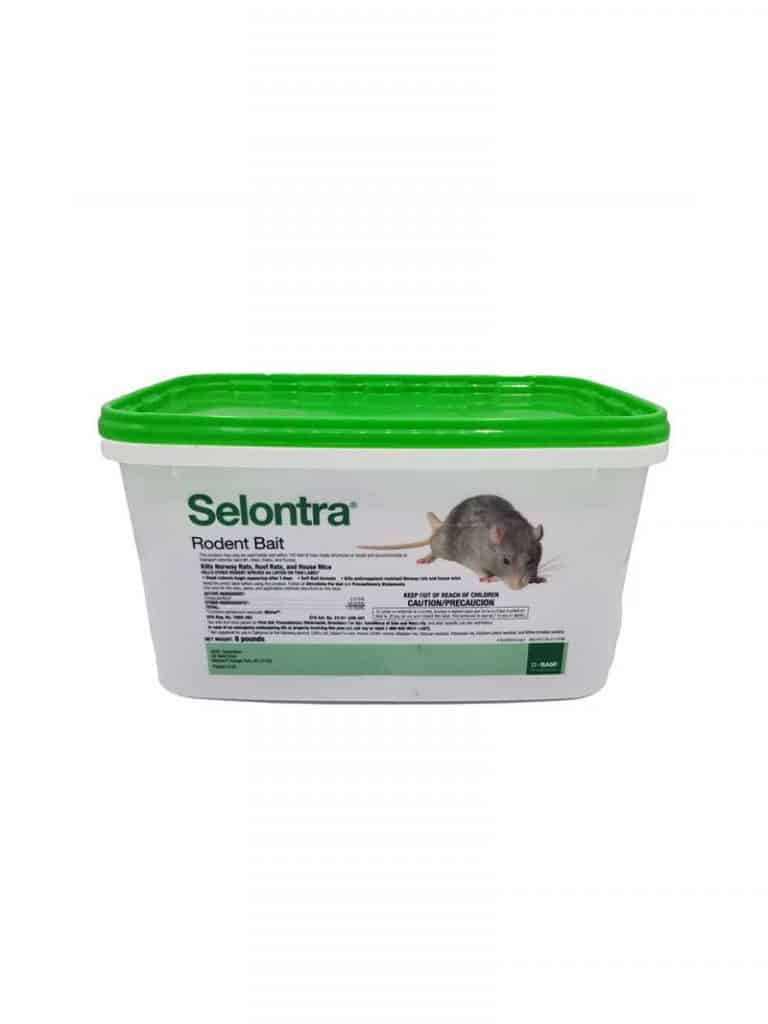We’ve all seen the home insurance commercial where the happy couple sits on the couch and describes how much they love their new home with the walk-in closets and original crown molding before busting out that they do have a rat problem. And then, standing front and center, leather clad and in all its 80’s hairband glory is the band, Ratt, singing Round and Round like it was 1984. Not a bad Ratt problem to have, especially if you grew up rocking that same big hair. It’s the other kind of rat that is the problem.
While they won’t be growing their hair out and breaking out in head-banging songs, rats do have quite a bit in common with the band, Ratt.
Rat vs. Ratt. A Lighthearted Comparison.
- First, rats and Ratt (well we would assume) can swim. Rats have the upper hand here given they can tread water for up to three days and can hold their breath for three minutes. Some can even swim over a mile. It is almost certain that Ratt can’t do that.
- Rats are thought highly of in some parts of the world. Ratt was also thought highly of, it just happened to be about three and a half decades ago.
- There are a whole bunch of types of rats, in fact, there are 56 different species known around the world, including Norway rats, pack rats, and roof rats. While there might be a number of Ratt cover bands and impersonators, maybe even some from Norway, there is only one Ratt.
- Rats are ticklish and can laugh. When rats are playfully wrestling, they are known to make a chirping sound. The same is true if you tickle a rat on either its back or its belly, but especially its belly. Rats seem to really enjoy a good belly tickle. While it is certain that Ratt can laugh, it is probably safe to say that Ratt would also enjoy a good belly tickle.
- Rats are super speedy breeders and can reproduce every three weeks or so. Ratt, at the height of their career, had ample opportunity to succumb to the attention of their female fans, so they, too, might have reproduced every three weeks or so.
- Rats can spread diseases. It probably goes without saying, but given the life they lived, traveling from city to city and country to country, with fans doing everything they could to get their attention, it is highly likely that Ratt also had the ability to spread disease.
- Rats can get pretty big, some measuring up to almost nine pounds and measuring 20 inches in length – nose to tip of their tail. Ratt also got pretty big, but in a different way. They never had a number one hit, but they still managed to sell over 18 million albums.
How To Get Rid of Rats In Your Home.
Who knew that the band, Ratt, would have so much in common with the rodent rat! If you have a choice between the two when it comes to your house, I’d suggest the 80’s hair band any day of the week. If there is no choice and you have the dreaded rodent rat, HowToPest.com is here to help!
- Look for possible entry points. The most common entry points are where two roof points meet or an eave. A lot of times there will be gaps where the two points meet allowing for easy rodent entry. Also, take a look at where pipes and wires may enter the house or structure. Quite often there are gaps there as well. A great indicator of whether or not a rat or mouse is using a hole as an entry point would be to look for rub marks. Obviously, rats are not the cleanest of animals, as the continually use an entry point, their dirt and oils begin to rub off on the frequented area.
- Cut back any trees or bushes that are touching the roof or structure. These are common rodent “highways” into your home.
- Seal up any gaps and openings (1/4 in. or larger for mice) (1/2 in. or larger for rats) that you found during your inspection. We recommend attaching a piece of 1/4-inch hardware cloth along with an expandable foam. You don’t want to use the foam alone because the rodents can easily gnaw through it.
- Place rat traps if needed. Once you seal up the entry points, it is possible that you may have sealed a rat or two inside. Place a couple of rat traps in the area to catch whatever may have been sealed up in there.
- Place rodent bait stations around the exterior of the home or structure to keep the rodent population down. Just remember, anytime you use rodent baits, you may encounter an odor if the rat happens to die in close proximity.





